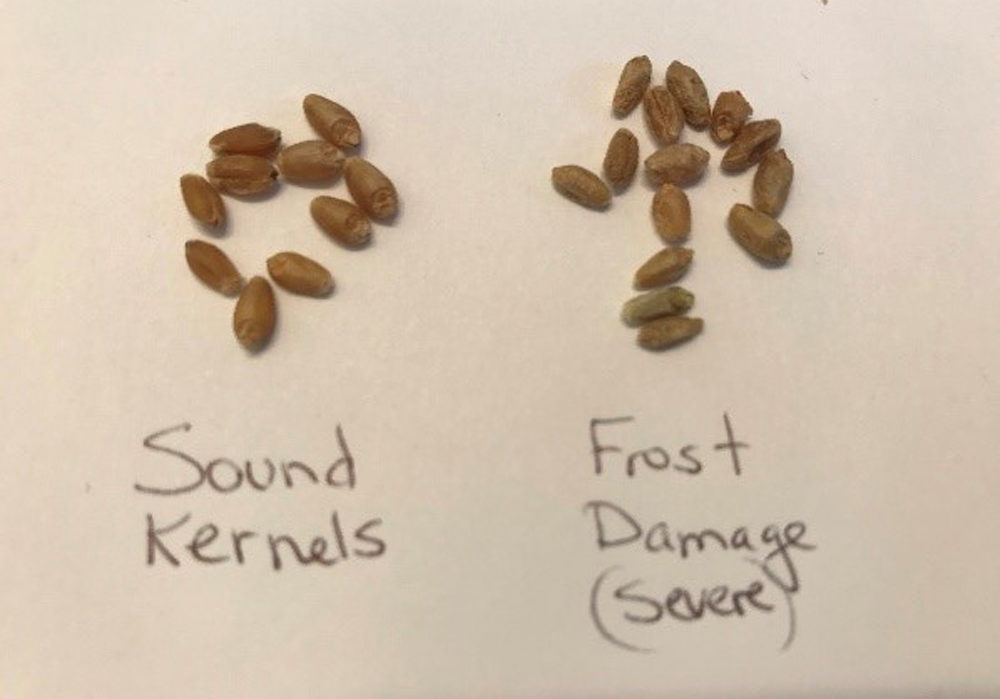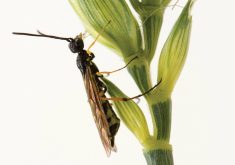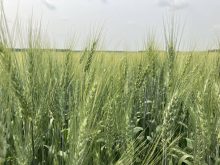Q: What can I do to better manage my harvest this year?
A: Late frosts, insect concerns, emerging weeds, spring harvest, severe winds and untimely rains were some of the challenges Mother Nature provided us this spring.
And the fall will be no different.
The perfect harvest doesn’t start in August or September, but instead nearly a year prior with variety selection, crop rotation, pesticide application and more.
Integrated pest management at pre-harvest can still be as important as crop scouting earlier in the season. For example, bertha army worm, grasshoppers, cereal army worm, wheat midge and diamondback larvae can be active in the latter part of the season and still cause harm to the crop. Monitor the crop for these insects and the damage they may be causing in a standing or swathed crop.
Read Also

Cancer agency reclassifies another herbicide ‘probably carcinogenic’
The WHO’s cancer research agency has now put atrazine, a herbicide well known to corn growers, in the same potential-hazard category where the agency put glyphosate.
Crops with high levels of fusarium and ergot should be binned separately to reduce potential downgrading and contamination of high-quality grain. Both diseases produce toxic substances that severely impact human and animal health.
Weed seeds or plant debris not only increase dockage or cleaning fees but can also increase stored grain moisture levels. Pre-harvest herbicide application, proper drydown and corrected combine settings can help reduce unwanted material in the bin.
Keep close tabs on the weather forecast in case Jack Frost is around the corner. While we have no control over the weather, we can do our best
to manage a risk like frost, which can negatively impact yield, grade and weight of an immature crop overnight.
Prioritizing your fields based on staging and location helps optimize harvest timing. Choosing to harvest on the greener side can cause storage concerns and grade loss. No doubt, on the flipside, waiting too long to harvest may allow the crop to overripen, resulting in a potential yield/grade loss and volunteer plants for the next season.
Remember to monitor the grain in storage on a regular basis to ensure moisture and heating don’t flare
up. Pulses and corn are considered dry at or below 14 to 16 per cent moisture, most cereals need to be between 13.5 to 14.5 per cent and canola or flax need to be at 10 per cent moisture. Consider the inside grain temperature and moisture as well as the outside temperature and humidity.
– Jade Delaurier, CCA, AAg, is a manager of agronomic services for Nutrien Ag Solutions in eastern Saskatchewan.















